Increasing Demand for Electricity
The Overhead Conductor Market is experiencing a surge in demand for electricity, driven by urbanization and industrialization. As populations grow and economies expand, the need for reliable and efficient power transmission becomes paramount. This trend is reflected in the projected increase in electricity consumption, which is expected to rise by approximately 2.5% annually over the next decade. Consequently, utilities are investing in infrastructure upgrades, including overhead conductors, to meet this escalating demand. The expansion of renewable energy sources also necessitates enhanced transmission capabilities, further propelling the market. This increasing demand for electricity is a critical driver for the Overhead Conductor Market, as it compels stakeholders to innovate and improve existing technologies.
Rising Focus on Energy Efficiency
The Overhead Conductor Market is increasingly shaped by a rising focus on energy efficiency. As energy costs continue to escalate, both consumers and utilities are prioritizing solutions that minimize energy losses during transmission. Overhead conductors play a pivotal role in this context, as their design and material composition directly impact energy efficiency. The market is witnessing a shift towards conductors that offer lower resistance and improved thermal performance. This trend is further supported by initiatives aimed at reducing carbon footprints and enhancing sustainability in energy systems. According to estimates, improving energy efficiency in transmission could lead to savings of up to 30% in energy losses. Consequently, the Overhead Conductor Market is likely to see a growing demand for innovative solutions that align with these energy efficiency goals.
Investment in Renewable Energy Projects
The Overhead Conductor Market is significantly influenced by the growing investment in renewable energy projects. Governments and private entities are channeling substantial funds into solar, wind, and hydroelectric power generation. This shift towards renewable energy sources is expected to create a robust demand for overhead conductors, which are essential for transmitting electricity from generation sites to consumers. According to recent data, investments in renewable energy are projected to exceed 1 trillion dollars by 2030. This influx of capital not only enhances the infrastructure for renewable energy but also stimulates advancements in overhead conductor technology, thereby driving the market forward. The integration of these projects into existing grids necessitates the use of high-performance overhead conductors, further solidifying their importance in the energy landscape.
Regulatory Support for Infrastructure Development
The Overhead Conductor Market is bolstered by regulatory support aimed at infrastructure development. Governments are implementing policies that encourage the modernization of electrical grids and the expansion of transmission networks. This regulatory environment fosters investment in overhead conductors, as utilities are incentivized to upgrade aging infrastructure. Recent initiatives have led to the allocation of billions of dollars for grid modernization projects, which include the installation of new overhead conductors. Such regulatory frameworks not only enhance the reliability of power delivery but also promote the integration of renewable energy sources into existing grids. As a result, the Overhead Conductor Market stands to benefit from these supportive policies, which are designed to ensure a resilient and efficient energy infrastructure.
Technological Advancements in Conductor Materials
The Overhead Conductor Market is witnessing a transformation due to technological advancements in conductor materials. Innovations such as aluminum alloy conductors and high-temperature superconductors are enhancing the efficiency and performance of overhead lines. These advancements allow for greater transmission capacity and reduced energy losses, which are critical in meeting the demands of modern power systems. The market for advanced conductor materials is expected to grow at a compound annual growth rate of around 5% over the next five years. As utilities seek to optimize their networks and reduce operational costs, the adoption of these advanced materials becomes increasingly attractive. This trend not only improves the reliability of power transmission but also positions the Overhead Conductor Market as a key player in the evolving energy sector.



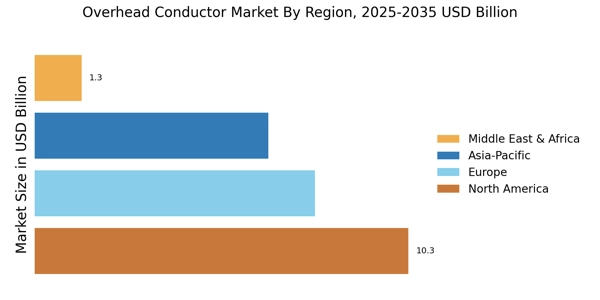
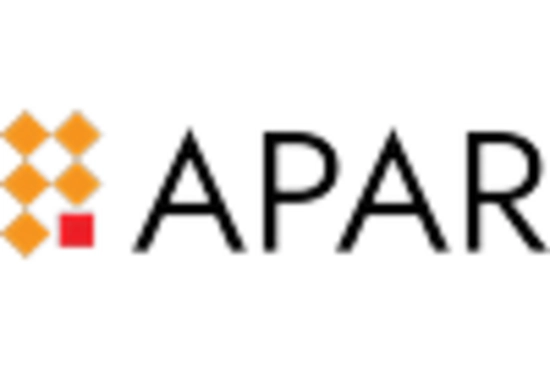
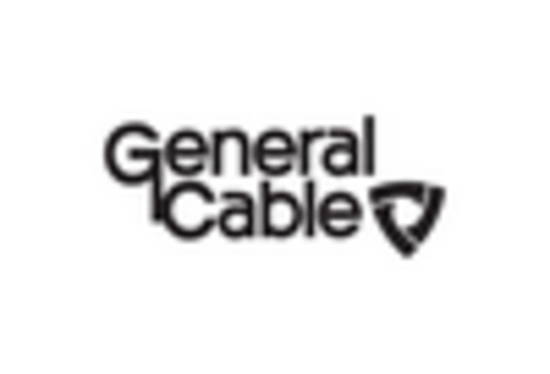
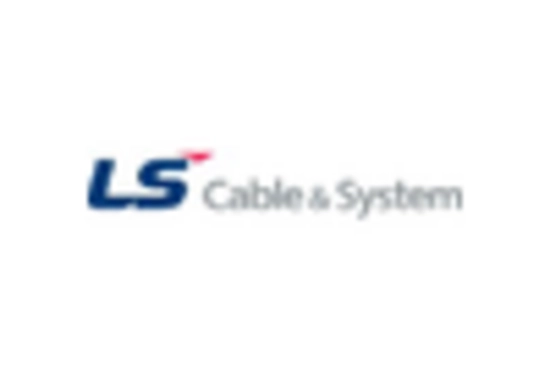

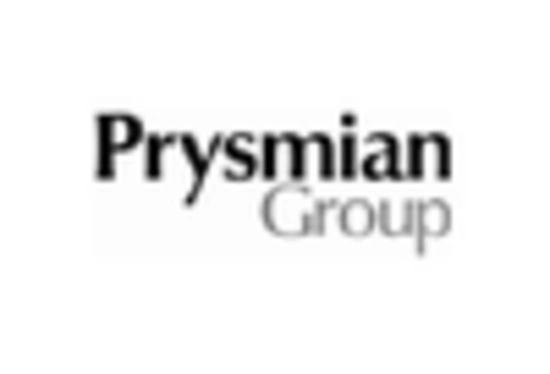









Leave a Comment